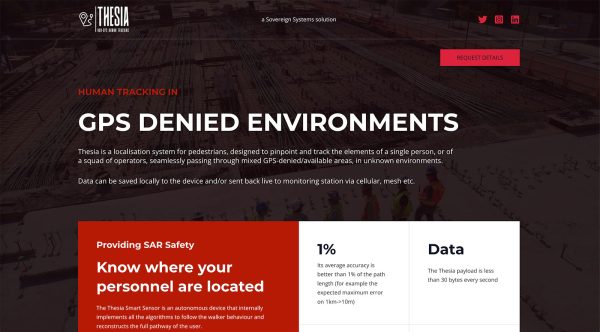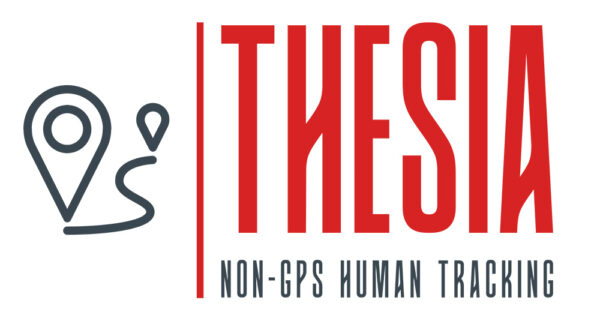British Airways Data Breach (2018)
What happened? Hackers injected malicious JavaScript into the British Airways website, capturing payment details.
Impact: 400,000 customers' personal and financial data were stolen.
Consequence: British Airways was fined £20 million under GDPR.
Lesson: Always monitor for unauthorised code changes and implement strict data encryption.
Equifax Data Breach (2017)
What happened? Attackers exploited an outdated Apache Struts framework, gaining access to sensitive credit data.
Impact: 147 million people had their personal and financial information exposed.
Consequence: Equifax paid $700 million in settlements.
Lesson: Keep software and frameworks updated to patch vulnerabilities.
WordPress Plugin Vulnerability (2021)
What happened? A vulnerability in the Essential Addons for Elementor plugin left 1 million+ websites exposed to SQL injection attacks.
Impact: Hackers could steal user data, inject malware, and take full control of websites.
Lesson: Always update plugins/themes and use security scanning tools to detect vulnerabilities.
4. SolarWinds Supply Chain Attack (2020)
What happened? Hackers inserted a backdoor into the SolarWinds software updates, compromising 18,000 organisations, including U.S. government agencies.
Impact: Highly sensitive data was stolen from Fortune 500 companies and federal agencies.
Lesson: Secure third-party integrations and audit supply chain security.
Website security is not a one-time fix—it requires continuous monitoring and proactive defense. A single vulnerability can lead to data theft, lost revenue, and reputational damage.
By implementing these security measures, you can protect your site, data, and users from cyber threats.
Need help securing your website? !
 Read more +
2025-04-14 By Shay in Website, WordPress
Read more +
2025-04-14 By Shay in Website, WordPress  Read more +
2025-04-13 By Shay in Landing page, Maintenance, Management, SEO, Services, Social Media, Website, WordPress
Read more +
2025-04-13 By Shay in Landing page, Maintenance, Management, SEO, Services, Social Media, Website, WordPress  Read more +
2025-04-11 By Shay in Maintenance, Management, SEO, Social Media, Website, Website add-ons, WordPress
Read more +
2025-04-11 By Shay in Maintenance, Management, SEO, Social Media, Website, Website add-ons, WordPress  Read more +
2025-04-10 By Shay in Website, WordPress
Read more +
2025-04-10 By Shay in Website, WordPress  Read more +
2025-04-09 By Shay in Website, WordPress
Read more +
2025-04-09 By Shay in Website, WordPress  Read more +
By Shay in Website, WordPress
Read more +
By Shay in Website, WordPress  Read more +
2025-04-08 By Shay in Website, WordPress
Read more +
2025-04-08 By Shay in Website, WordPress  Read more +
2025-04-07 By Shay in Website, WordPress
Read more +
2025-04-07 By Shay in Website, WordPress  Read more +
2025-04-05 By Shay in Maintenance, Management, Security, SEO, Services, Social Media, Website, WordPress
Read more +
2025-04-05 By Shay in Maintenance, Management, Security, SEO, Services, Social Media, Website, WordPress  Read more +
2025-04-04 By Shay in Social Media
Read more +
2025-04-04 By Shay in Social Media 



















